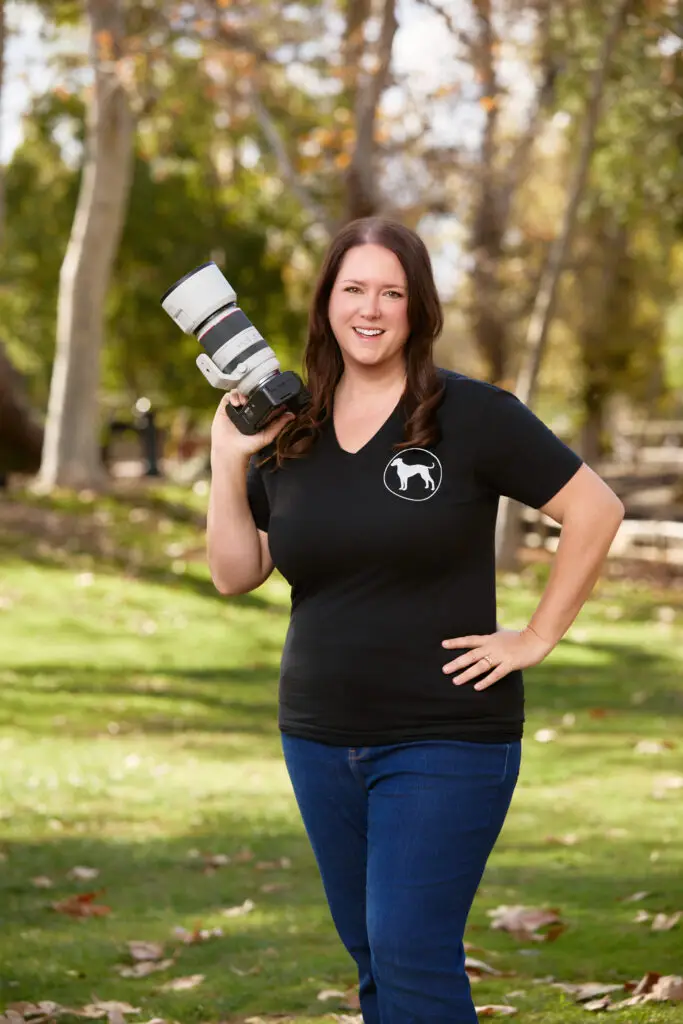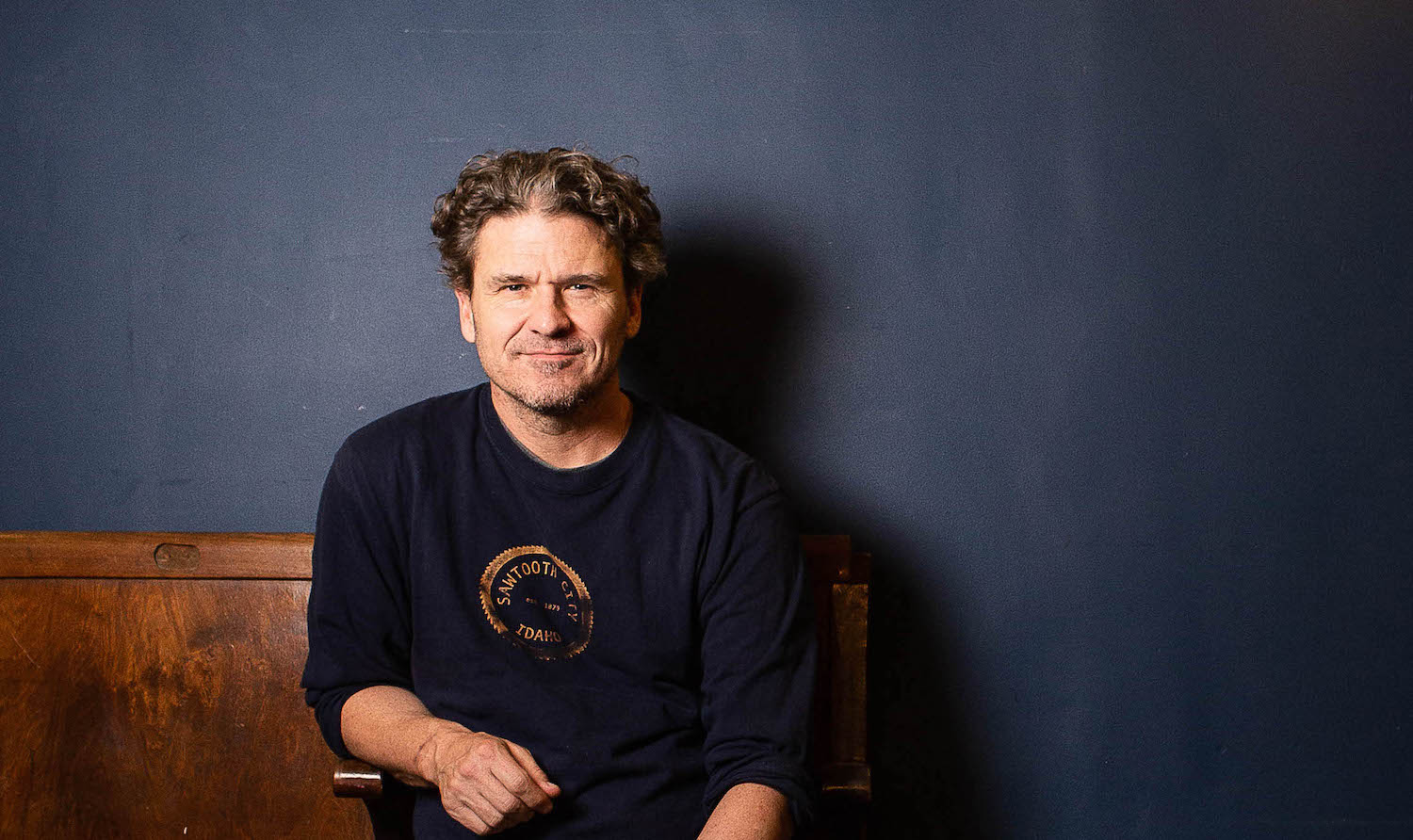For those uninitiated, Dave Eggers has gone from breakout cult icon with his 2000 debut memoir A Heartbreaking Work of Staggering Genius to elder statesman of the modern literary scene. He’s a New York Times bestseller multiple times over, a celebrated journalist in both the US and the UK, and a Pulitzer Prize winner, and he has lent his talent and time to charitable endeavors like 826 Valencia—a youth writing center with several different locations nationwide, which he co-founded. And there’s more: He’s been featured in countless anthologies and collections, and created McSweeney’s, an independent publishing ring where writers go to live on in glory (IYKYK).
Another fun fact? Dave Eggers loves San Diego.
“I mean, it’s one of my favorite places just because you can’t swing a cat without hitting the beach,” Eggers admits. Eggers digs beaches and us (and his two cats at home, who, he promises, he doesn’t swing). On the evening of October 9, Eggers is in our city for at the San Diego Public Library to discuss his latest novel The Eyes & The Impossible.
Take it in, SD. We’re cool. The reason may not be highfalutin’, but our sandy shores sealed in our je n’ai sais quoi.
Eggers’ love of California runs in his blood. “My dad’s side is all from California going back to 1860 … But the rest of us are from Boston,” Eggers says. “For some reason, I grew up in Chicago. So, none of it makes any sense.”
What does make sense is Eggers’ insatiable curiosity, a driving force in why he’s drawn to so many different genres and styles of writing (case in point: The Eyes & The Impossible is written from the perspective of a roving park dog).
Though his career is steeped in fiction, journalism is his foundation. He studied it at University of Illinois, Urbana-Champaign. “As a reporter, I always just kind of start out with a personal interest and see what’s going on and using that journalism degree as an entry point or as a bridge,” he says. “I was trained as a journalist, so I always had that sense that, every so often, there might be a way that I could explain things that haven’t been explained.”
He flexed those skills during his reporting on former President Trump’s campaign in The Guardian. “I would say 80 to 90 percent of the people I interviewed were shockingly normal,” he says.
He preffered to talk with rally attendees who looked dressed for a major league baseball game versus the red-washed ones carrying effigies of Biden. “I always come out thinking that people are a little bit more swayable than you think and thinking things through, to some extent, with open eyes,” he adds.

Commonality can be found if you go looking for it, no matter what party you prefer. That sense of seeking finds its way into his works of fiction, as well.
“I do toggle [or] pivot pretty hard between the two forms, because journalism is so rewarding and, you know, you have this excuse to ask questions and this way to get answers,” Eggers says. “And you can get very deep very quickly by asking the most knowledgeable people, but then, at the same time, writing up what you found out is a whole different task and sometimes very laborious and kind of a grind.”
On the other hand, he says, “Writing fiction … is just when you get to make everything up. It is far more liberating.”
Eggers has found the ultimate liberation in his latest book, The Eyes & The Impossible, where the narrator assumes an entirely different species: a dog called Johannes. But this isn’t the first time Eggers has shape-shifted for literary purposes. In 2002, he wrote a short story called After I Was Thrown In The River And Before I Drowned, in which his narrator was also canine. “That was the most fun I ever had to that moment [in] writing,” he says. “It’s just totally untethered. And I think that you could sort of get away with a more sort of liberated kind of train of thought, and that I think a lot of us humans would be diagnosed with having some kind of, I don’t know, cognitive issue, I guess, now.”
The Eyes & The Impossible has other quirks lending it a fantastical bend. Seeing the book’s Flemish-inspired illustrations by Shawn Harris, you’d be tempted to wonder if this is Eggers dipping his quill into the YA market. Think again.
“I think there was a time when there was a lot more leeway between what was written for you know, one audience or another. There was a lot more in the way of fables and kind of classic storytelling that didn’t really have an audience of one age group or another and everybody could sort of come to it from a different place. And that was my hope with this,” Eggers says. “There are themes in it that kids might not pick up on as readily as adults and there [are] different ways you could read it, but I didn’t write any of it for any one age group at all. I sort of tried to kind of go back to a kind of, I don’t know, age-agnostic kind of storytelling.”
PARTNER CONTENT
So, mark your calendars. Bring the whole age-agnostic family. Call your local bookstore for an inventory check. As Eggers says of these events, “the best thing is to get to meet people and chat with folks in person.” Who knows? You may get to be the person who tells Dave the best beach for swinging a cat.
This post contains affiliate links to products and services. We may receive compensation when you click on links.



















